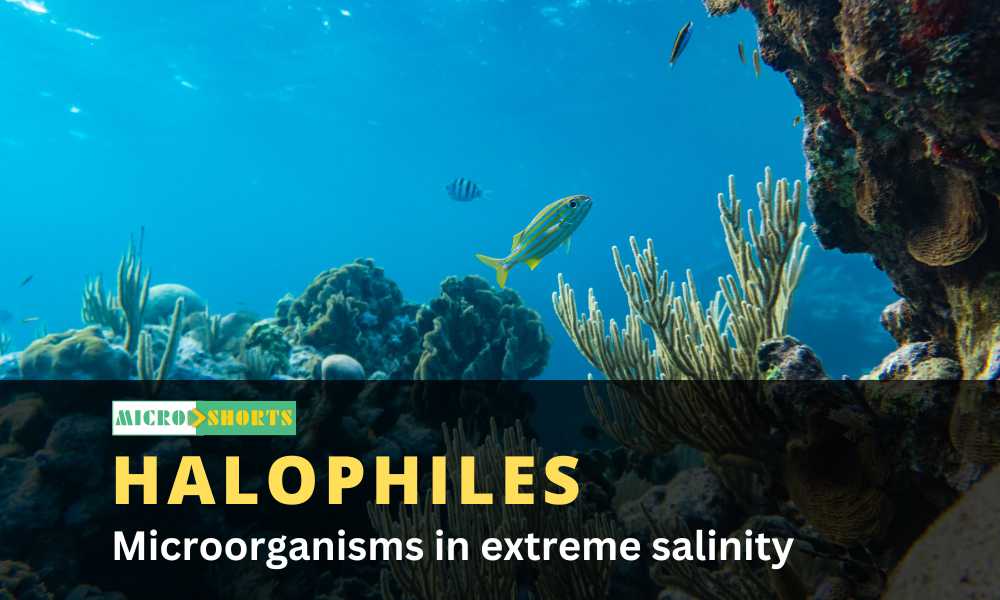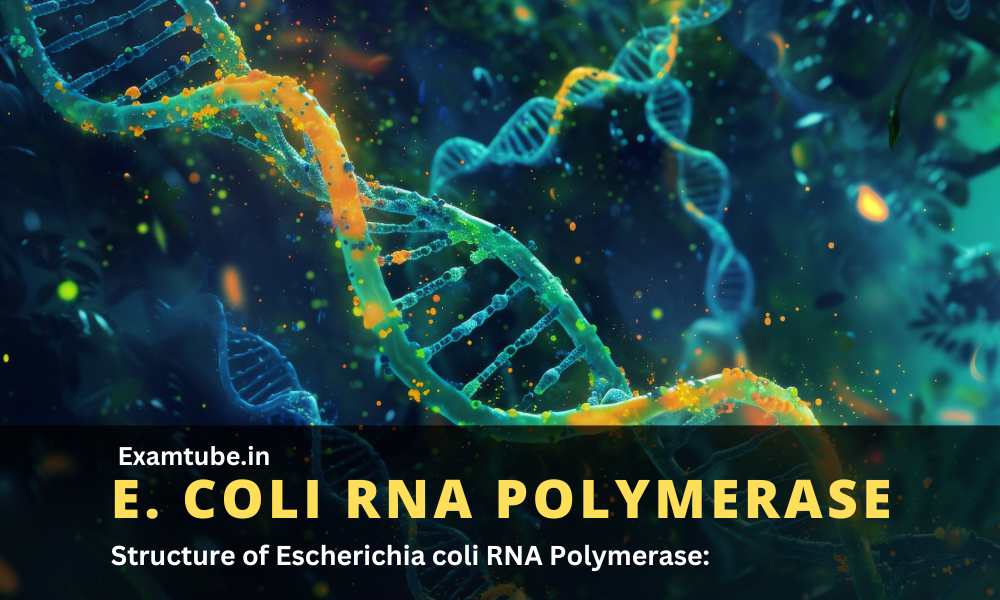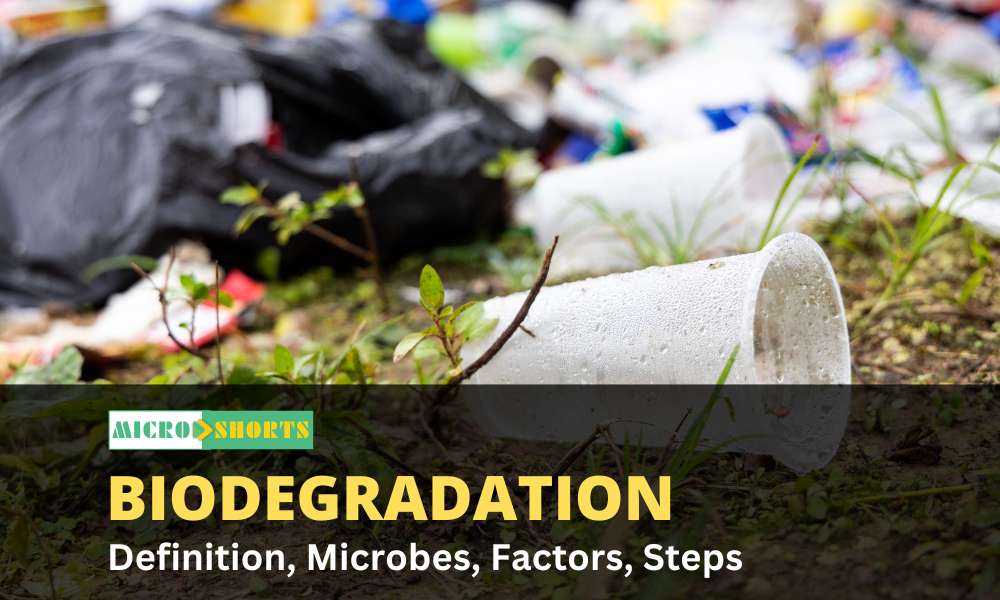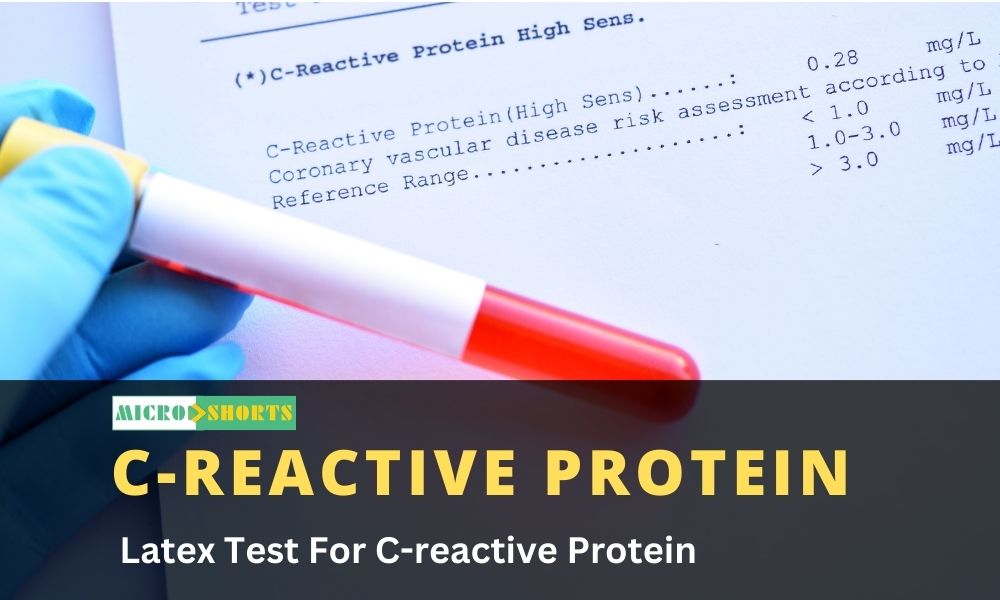Halophile Definition and Characteristics
- Halophiles are a group of extremophiles that require high salt concentrations for their survival and growth.
- Halophiles are of two types; obligate halophiles that require NaCl concentration of 3% or more and halotolerant that survive at both average salt concentrations and higher.
- Halophilic microorganisms constitute the natural microbial communities of hypersaline ecosystems, which are widely distributed around the world.
- The general features of halophilic microorganisms are low nutritional requirements and resistance to high concentrations of salt with the capacity to balance the osmotic pressure of the environment.
- The salt requirement in halophiles is classified into three groups; low (1-3%), moderate (3-15%), and extreme (15-30%).
- Salt requirement depends on factors like temperature, pH, and growth medium.
- They are physiologically diverse; mostly aerobic and as well anaerobic, heterotrophic, phototrophic, and chemoautotrophic.
- Ecologically, the halophilic microorganisms inhabit different ecosystems characterized by a salinity higher than seawater that range from hypersaline soils, springs, salt lakes, sabkhas to marine sediments.
- These organisms are found in all three domains of life, i.e., Archaea, Bacteria, and Eukaryota.
- Halophilic bacteria are more abundant in specific phylogenetic subgroups, most of which belong to Halomonadaceae, a family of Proteobacteria.
Halophile Mode of adaptation
In order to avoid excessive water loss under high salt conditions, halophiles have employed two distinct strategies to increase the osmotic activity of their cytoplasm with the external environment, either producing compatible organic solutes or accumulating large salt concentrations in their cytoplasm to reach an equilibrium state in which the overall salt concentration within cells correlates that of the environment.
High salt-in strategy
- The high-salt-in strategy is another adaptation technique that protects halophiles from a saline environment in which they accumulate inorganic ions intracellularly to balance the salt concentration in their environment.
- This process involves Cl– pumps that are found only in halophiles that transport Cl– from the environment into the cytoplasm.
- Arginines and lysines are positioned at both ends of the channel to facilitate Cl– uptake, and release.
- Extreme halophiles maintain their osmotic balance by concentrating the K+ ions inside the cells.
- This is achieved by the combined action of the membrane-bound proton-pump bacteriorhodopsin, ATP synthase, and the Na+ antiporter that results in an electrical potential that drives the uptake of K+ into cells.
Organic salt-in strategy
- The high-salt-in strategy might be incompatible for the survival of moderate halophiles that thrive in habitats of fluctuating salinity.
- The solute-in strategy includes the evolution of inert, compatible organic solutes (osmolytes) in the halophiles.
- These osmolytes protect the microbial proteins from denaturation in the water of low salt concentrations while enhancing their tolerance to drastic fluctuations in the external saline environment.
Enzymes
- A high-salt environment substantially impacts protein solubility and stability and consequently, its function.
- The unfavorable interactions that disrupt internal microbial proteins caused by dehydration may be averted by modulating their net charge.
- Proteins and enzymes of halophiles have a larger proportion of glutamate and aspartate on their surfaces that result in a substantial number of protein charges and increased hydrophobicity.
- Both of these mechanisms work as a form of molecular halo adaptation of halophilic enzymes.
- Halophilic enzymes are more stable than their non-halophilic counterparts owing to their polyextremophilic characteristics.
- These enzymes remain active in high-salt environments, thermotolerant, and alkaliphilic.
Halophile Examples
Some common examples of halophilic organisms in terms of their salt requirement are:
- Slightly halophilic: Erwinia, Bacillus hunanensis, Halomonas zhaodongensis, Alkalibacterium thalassium, etc.
- Moderately halophilic: Spiribacter salinus, Halobacillus sediminis, Halobacillus salicampi, Marinobacter piscensis, Idiomarina aquatica, etc.
- Extreme halophile: Halococcus salifodinae, Halobacterium salinarum, Limimonas halophilia, Lentibacillus kimchii, Sporohalobacter salinus, etc.









Comments